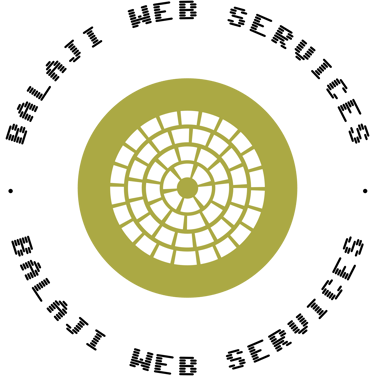How to Design Your Website?
We are here to help you


How to design your website?
Your website's success depends on how well you define its objectives. Indicate clearly what you hope to accomplish with your website, whether it community building, information sharing, or revenue growth. The functionality and style of your website will be determined by your target audience and the goals you have established.
Planning and structuring your website involves creating a sitemap to organize pages and content logically. Design intuitive navigation to ensure users can easily find information. A well-thought-out structure enhances the user experience and supports your website’s goals.
With responsive design, you can be confident that your website will work and look well across a range of devices, including PCs and smartphones. Its ability to adjust to different screen sizes makes for a smooth user interface. Make sure your design is consistent and useful by testing it across a range of devices and resolutions.


Visual design and branding create a cohesive and attractive look for your website, reflecting your brand identity. Use a consistent color scheme, readable fonts, and high-quality images to engage visitors. Strong visual design enhances user experience and reinforces brand recognition.
User experience (UX) focuses on making your website easy and enjoyable to use. Prioritize intuitive navigation, quick load times, and accessibility for all users. A positive UX keeps visitors engaged and encourages them to return.
Content creation involves developing engaging, relevant, and high-quality text, images, and multimedia for your website. Use clear and concise language, free of errors, to communicate your message effectively. Incorporate compelling calls-to-action (CTAs) to guide user behavior and achieve your goals.


SEO optimization requires the implementation of tactics to enhance the visibility of your website in search engine rankings. Implement significant keywords, improve meta tags and headers, and guarantee fast website loading speed. Successful SEO boosts natural web traffic, increasing the reach and influence of your website.
Security precautions are necessary to safeguard your website and user information from online risks. Utilize SSL certificates, update software and plugins frequently, and utilize secure passwords. Having strong security measures in place helps to establish trust and protect your site from potential threats.
Analytics and monitoring entail observing your website's performance to obtain understanding of user behavior and site metrics. Use tools such as Google Analytics for tracking traffic, engagement, and conversion rates. Continuously examine these insights to implement data-driven enhancements and enhance the efficiency of your website.
Regular updates and maintenance are crucial for keeping your website functional and secure. Continuously refresh content, fix broken links, and update software to address any issues. Routine maintenance ensures optimal performance and a positive user experience over time.
Contact
contact@baos.in
© www.baos.in 2024. All rights reserved.
Quick Links
Call : 09629451110
